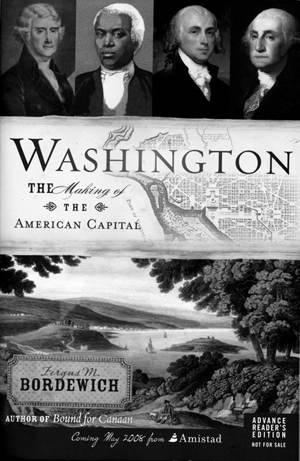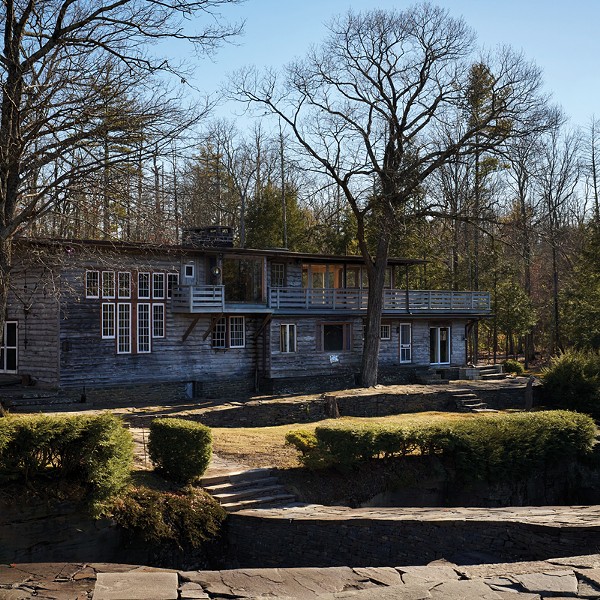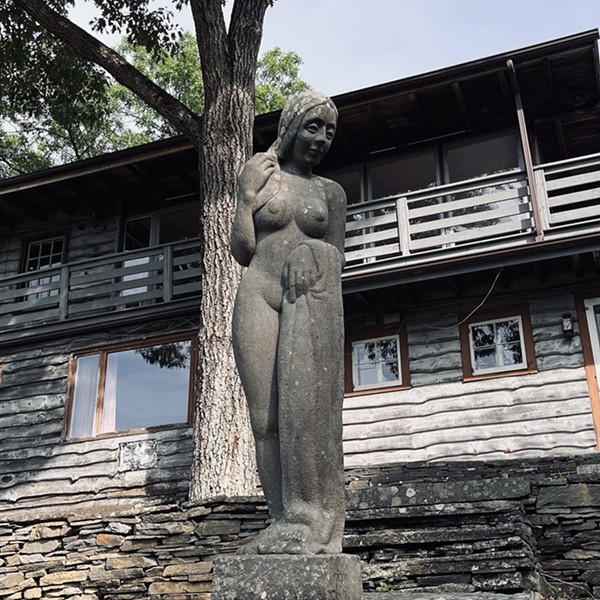Approved by Congress in 1790, the “stunningly ambitious project” of bringing the new capital to completion within 10 years fell personally to President George Washington. Despite dramatic odds he managed to succeed, displaying “sometimes superhuman persistence.” Bordewich’s recounting of the decade-long affair exposes the founding fathers’ backroom dealings and shifting alliances. It also reveals the vicissitudes of an emerging nation vying for position on an international stage. Bordewich re-creates time and place in fleeting, painterly moments, as in depicting the Upper Potomac of the 1790s, when Scottish merchants on flatboats traded corn, pork, and iron for molasses from the West Indies. He also offers a gripping account of the yellow fever epidemic of 1793 that claimed more than 5,000 lives.
Rich character portraits illuminate the chronicle. Most vividly, George Washington recurs as a paradoxical figure, one who achieved secular sainthood during his lifetime despite dying a slaveholder. Other key players include Thomas Jefferson (morally in favor of manumission but opposed to freeing his own human property), James Madison, and Alexander Hamilton. Lesser-known people are also revived, such as ill-fated city planner Peter Charles L’Enfant and physician/inventor William Thornton, designer of the Capitol. Equally important, Bordewich recovers the identities of men and women of African descent, among them, amateur astronomer Benjamin Banneker, a freedman from Maryland who assisted in surveying the capital; and the enslaved Oliver and Moses, master carpenters whose talents were applied to building the original home of Congress and the Presidential residence.
Details of principal construction in the Federal District mount slowly, indicative of the project’s real-life pace. Money was constantly in short supply, superintendents and commissioners mired in financial schemes then periodically dismissed, and building designs and city grids subject to endless revision. By 1797, the aging Washington had left public office and the government’s temporary location in Philadelphia, retiring to his Mount Vernon estate. Still a “hale” and “majestic figure” at 66, he regularly returned to the District to monitor its progress. Washington: The Making of the American Capital duly marches to its namesake’s passing, two weeks shy of the deadline to deliver the American “metropolis.” By then, the city’s groundwork had been firmly laid.
Bordewich rounds out his worthy, intriguing tale with an epilogue, briefly visiting the burning of the capital by British troops during the War of 1812 and President
Ulysses S. Grant’s vow to restore its infrastructure and architecture. The narrative ends with a glimpse of the grandeur that visitors to Washington, DC, recognize today.

















